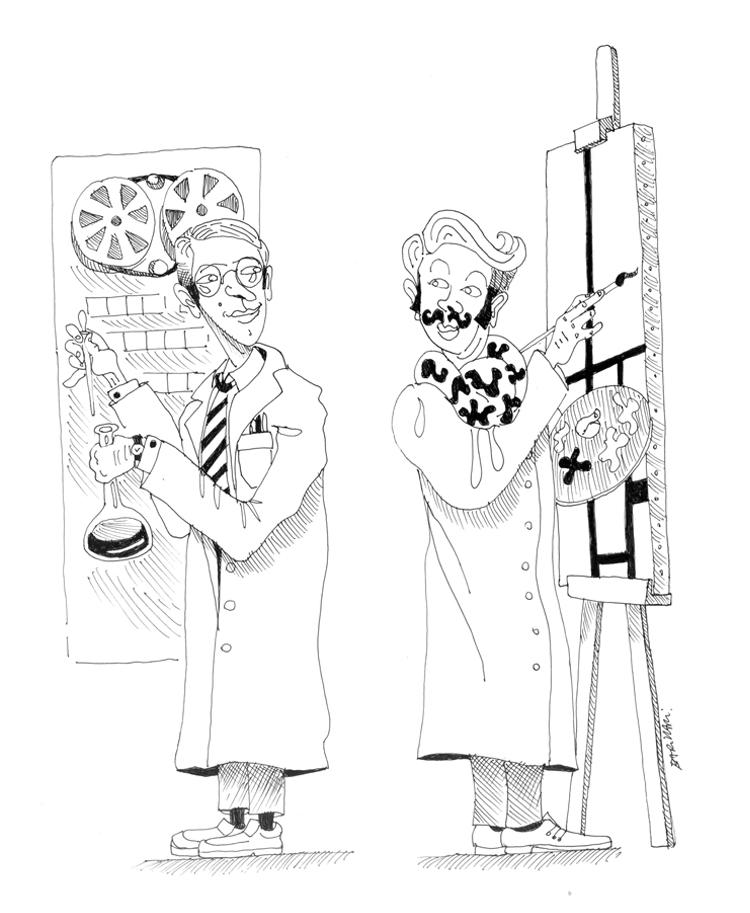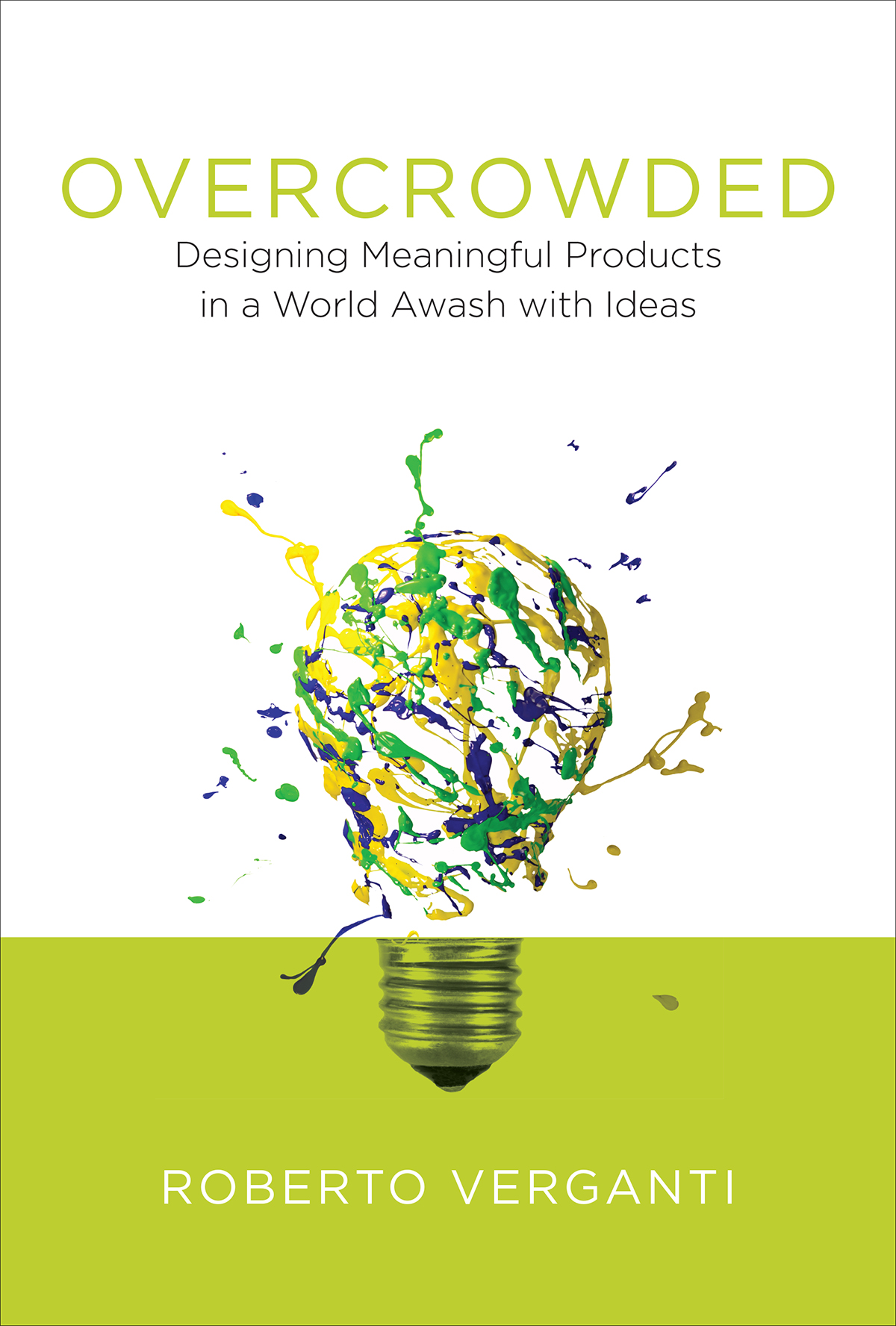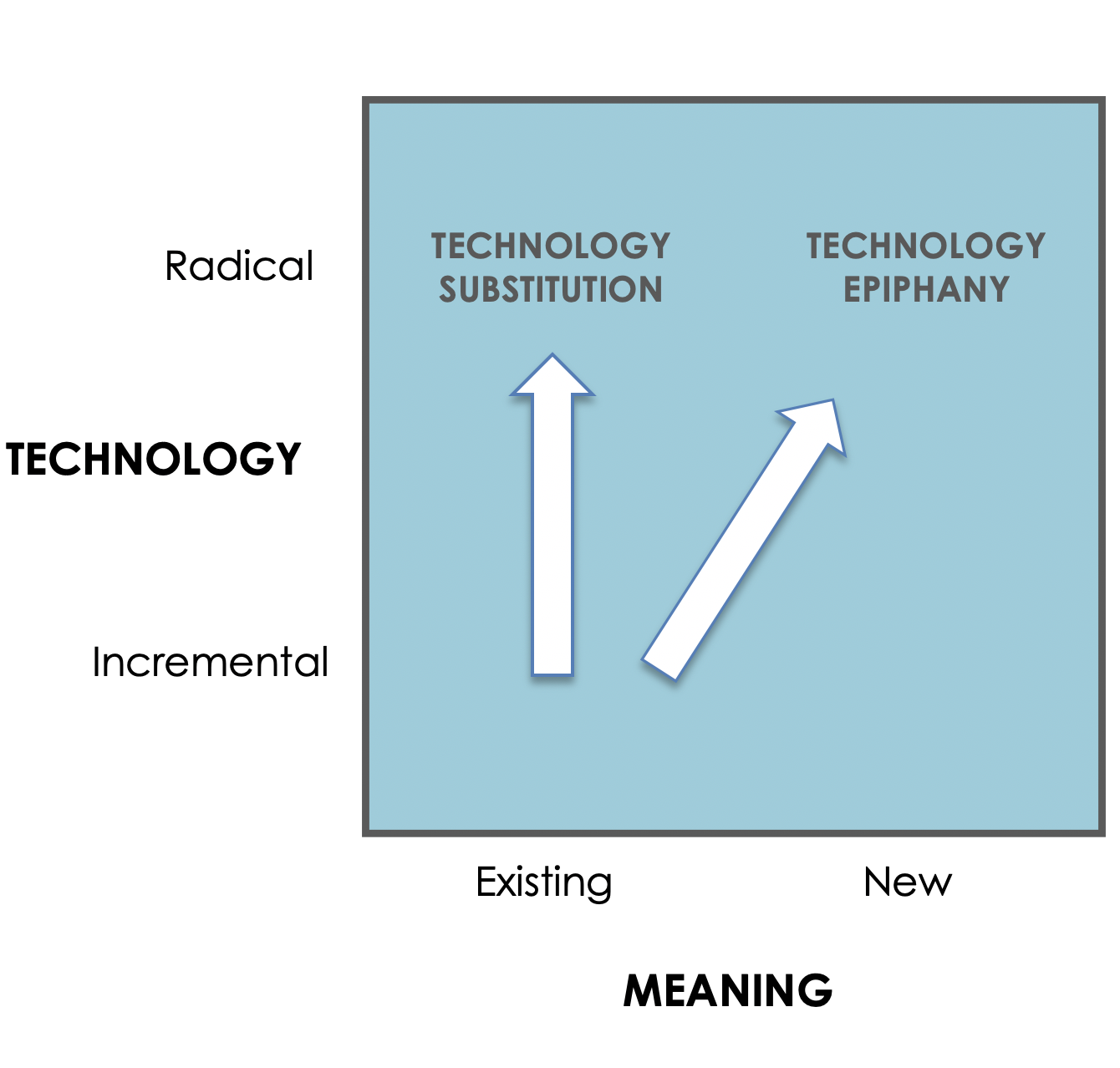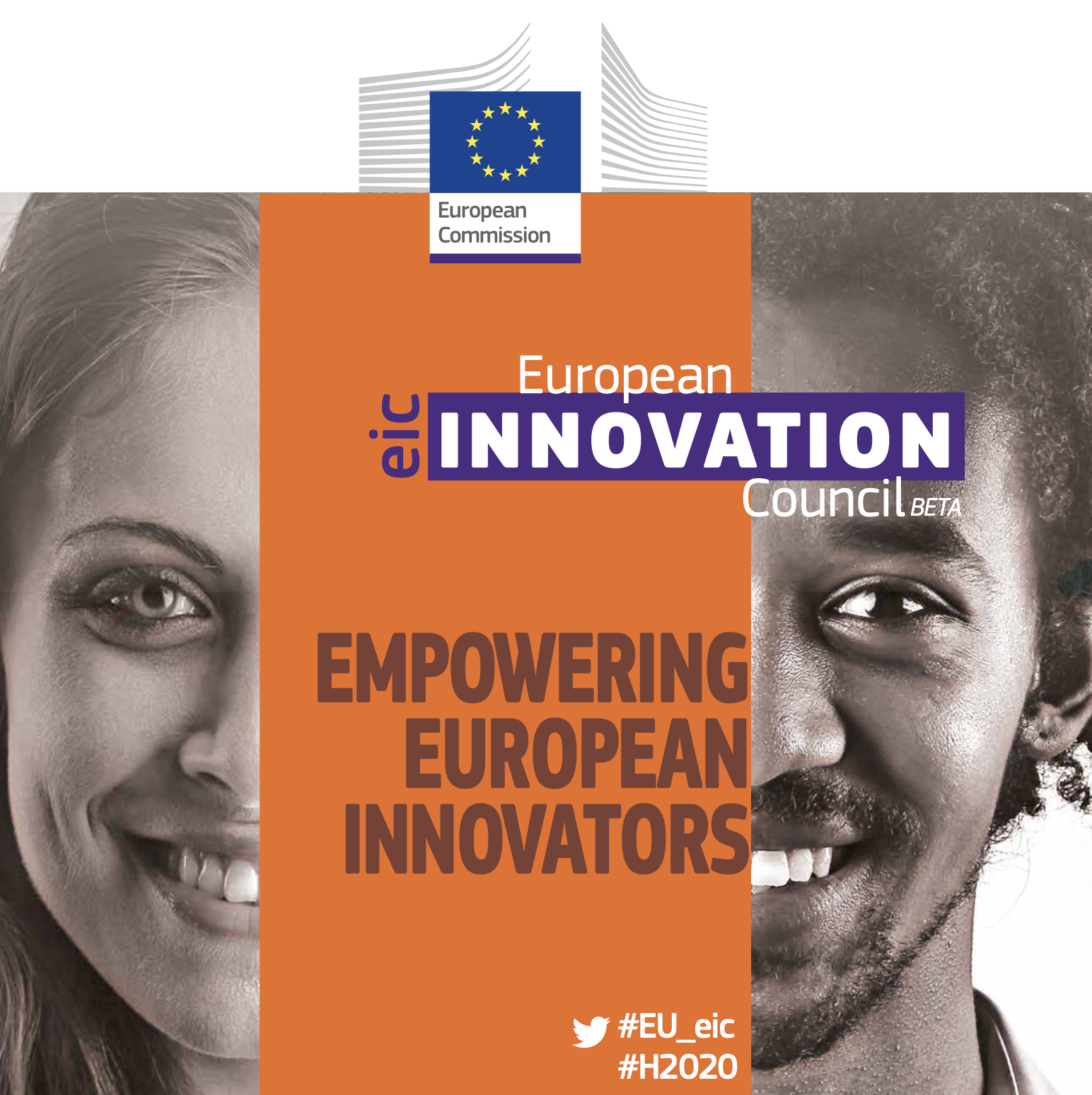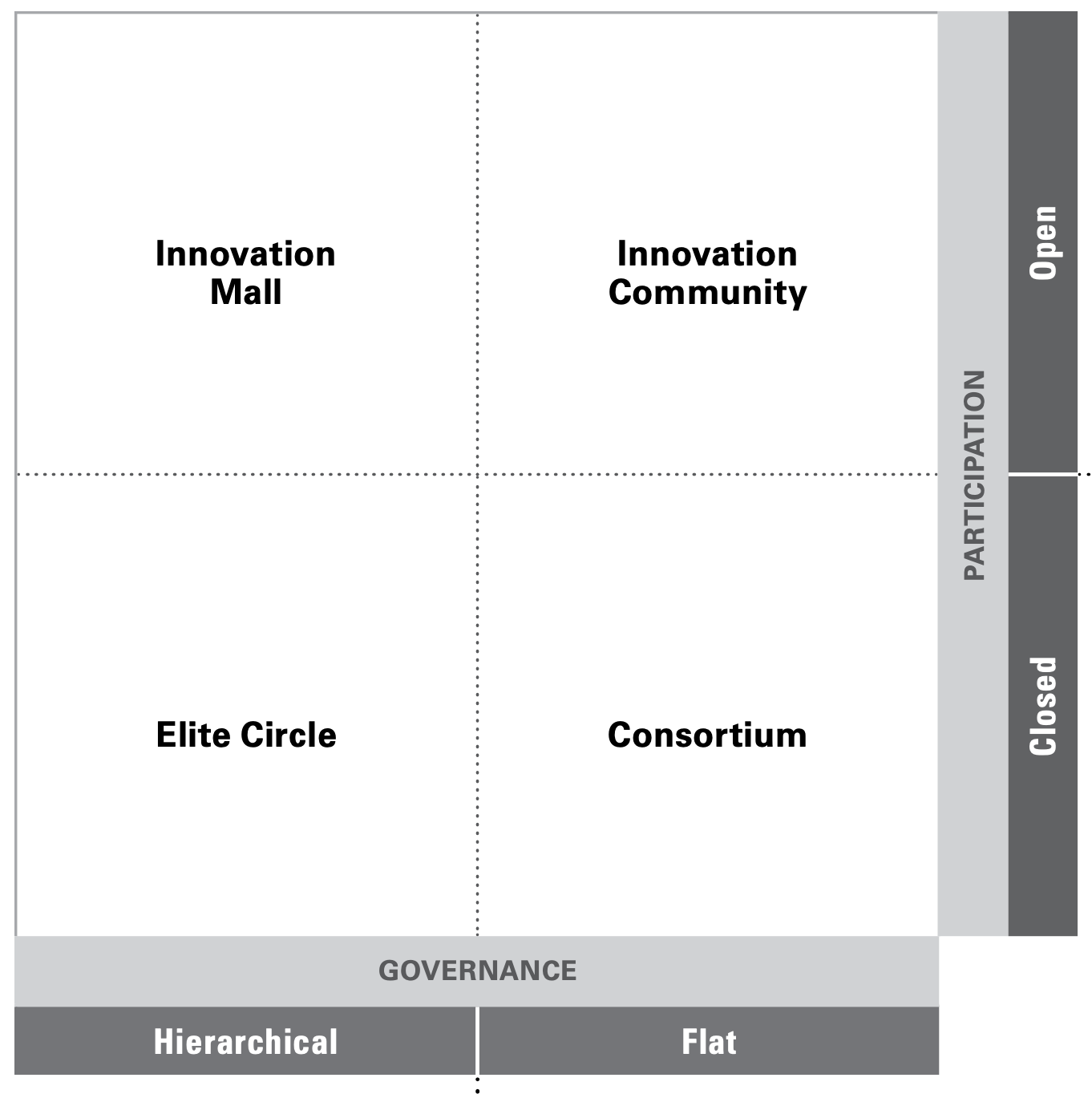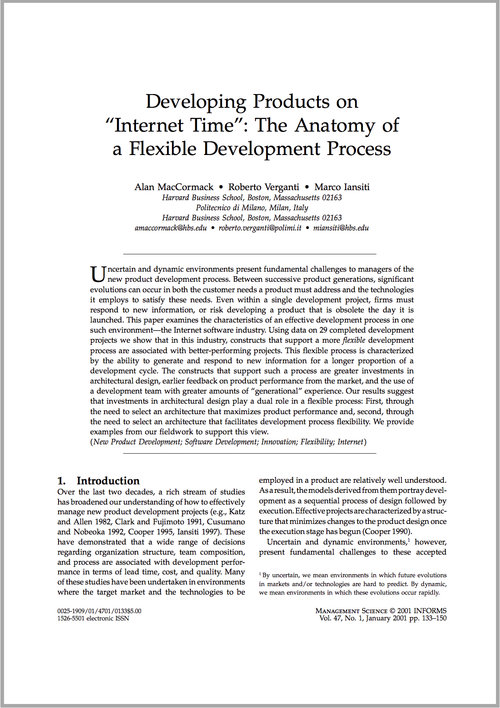Innovation.
The world changes.
We need to innovate the way we innovate.
Innovation is at a turning point.
Most innovation frameworks we use today (Open Innovation, Design Thinking, Disruptive Innovation) have been conceived and developed in the late '90s or early 2000. At that time the web was in its infancy, the iPhone was far from entering our life, and AI was not on the radar. Nowadays markets, organizations, and people are radically different.
What are the new frameworks for innovation? Where is the new frontier?
Below are the five questions I'm addressing with my team.
How to innovate in a world overcrowded by ideas?
Creating breakthrough innovation
We live in a world awash with ideas. Thanks to the rise of the creative class, to the diffusion of creative methods, and to connectivity of the web, ideas nowadays are not in short supply. They are widely accessible and cheap. What is in short supply instead is the capability to make sense of this wealth of ideas.
How to innovate in this new world overcrowded by ideas? How to envision the next big thing without getting lost in trying everything? How to engage people and converge towards a shared direction? How to move innovation from quantity (the generation and trial of several ideas with unclear value) to quality (the design of one meaningful experience that people love)?
I address this question in my book "Overcrowded", where I explain how to take the first crucial step in any innovation journey: the design of a meaningful vision.
How to find the most valuable application of a new technology?
Technology Epiphanies
Why some companies fail in sizing the most profitable opportunities offered by new technologies, whereas other succeed? If you are a technology developer: how to find the most profitable application for a technology you have created? And if you are a user: how to best apply a new technology?
Organizations that miss the big opportunities focus on technology substitutions: they apply a technology to improve existing things.
Organizations that capture most value instead search for epiphanies: they apply the technology to do new things.
"Designing Breakthrough Products" on Harvard Business Review →
"Incremental vs Radical Innovation" with Don Norman →
How to create effective Innovation Policies in a fluid world?
From Policies for Innovation to Policies for Innovators
Classic innovation policy is broken.
Why? Because innovation nowadays is totally different (and in contrast) than it used to be only 15 years ago. It is unpredictable, rapid, unplanned, granular, driven by several drivers (not only technology, but also design and business models). And it requires engagement of several stakeholders and citizens. Traditional approaches to innovation policy (based on foresight, focus on specific fields, investing in massive projects and big institutions, and a cycle of calling-screening-controlling proposals) do not really work.
New innovation policies must focus on people instead of institutions, support unpredictable bottom up initiatives with strong engagement, and be based on an iterative cycle of small experimental initiatives.
I've been advising the former EU Commissioner Carlos Moedas, and now I continue my engagement with he EU Commission as a member of the Advisory Board of the newly created European Innovation Council (EIC), which aims at promoting breakthrough and market creating innovation, especially for fast growing businesses.
With a team of pioneering institutions, led by Andrea Renda at the Center for European Policy Studies, we are exploring new ways to engage citizens in policy making. In particular, in project TRIGGER, we are developing new digital tools, driven by design, to support public engagement and governance. We believe that there is a positive way to use digital technology for addressing the complexity of social, environmental and economic systems, with a user centred perspective. And we experiment to find it.
The European Innovation Council →
Project TRIGGER on Citizens Engagement →
The RISE group of advisors to the EU Commission →
How to leverage outsiders?
Collaborative and Open Innovation
Collaborating with others is nowadays easier than it used to.
The good news is that potential partners and ways to collaborate with them have both expanded enormously in number.
The bad news is that greater choice has made selecting the best way to collaborate much more difficult. Should you open up and share your ideas with large communities? Or should you nurture collaborative relationships with a few carefully selected partners?
There is no best approach. Rather there are four possible modes. Together with Gary Pisano of Harvard Business School, we have developed a framework that describes those modes and help you to pick the collaborative strategy that best fits you.
"Which kind of Collaboration is Right for You" on Harvard Business Review →
How to make innovation happen for real when there is no time to act?
Lean development and the power of experiments
The world runs at a dramatic pace. Problems change faster than than we can act on them.
How to make innovation happen for real when there is no time to think and act? When things are uncertain and unpredictable?
I started to address this question long ago with Marco Iansiti and Alan MacCormack at the Harvard Business School. Now, in the light of this extremely accelerated world, I'm digging deeper on the role of fast experiments and evolutionary implementation. And how a clear direction is necessary to fail fast.
"Developing Products on 'Internet Time" on Management Science →

